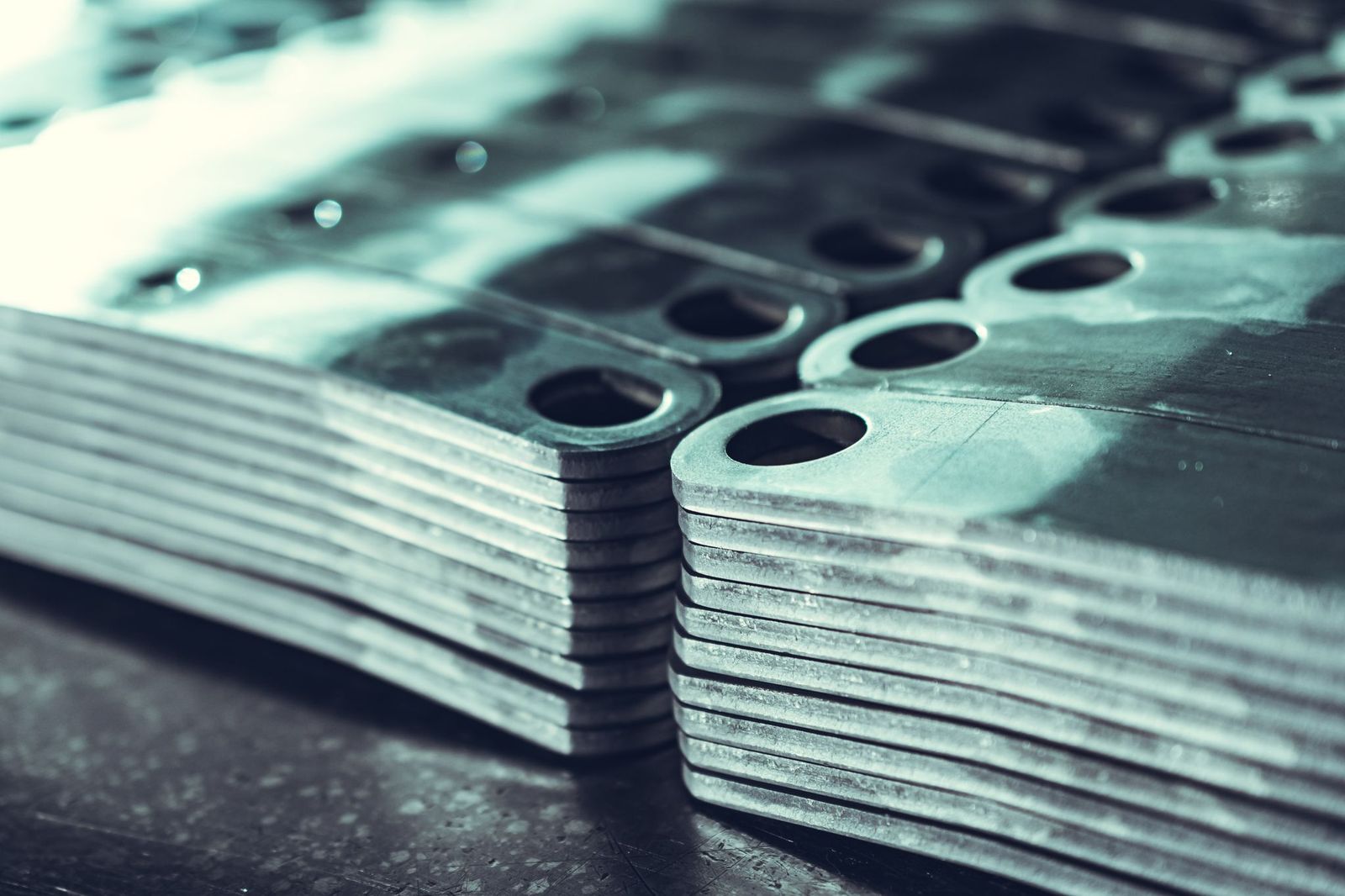The need for lighter materials in the automotive industry has since replaced steel with forged aluminum. This technology has proven effective and is now being used in multiple applications. Newer casting technologies should be closely examined in fabrication, although they must consider cheaper alternatives for light products. Here are reasons why aluminum forgings are becoming prevalent in almost all industries.
They are Strong
Standard aluminum alloys (SG-2.7) have mechanical properties compared to most steel grades when forged and heat treated. The strength-to-weight ratio is far much superior to cast aluminum alloys. In addition, forging is always free of porosity, leading to a straightforward heat treatment process to improve mechanical characteristics.
Shorter Lead-Time
Aluminum forging products can be designed and manufactured within six weeks, and there are newer cost-saving techniques to reduce lead time. For example, manufacturers have self-contained rooms that effectively control the construction tooling, revision, and die maintenance processes. Other fabrication methods for obtaining lighter metals require complex tooling techniques.
Reduced Costs
Costs should be taken seriously in applications that can use multiple fabrications options. For example, forging tooling is less expensive than high-pressure die-cast tooling. The production rate is also higher. Most aluminum alloy forgings require more raw materials to meet heat treating requirements. Even though this is not the case, most of these forgings are also used in high-stress applications.
Smooth Surface Finishing
Aluminum forging produces a better surface finish than other methods. Aluminum forging products have smooth surfaces with sharp serrations that may improve surface finishing. In addition, 6061 alloys are corrosion-free and do not need any surface treatment.
Flexible Designing
Not every metal forging can achieve particular shapes. However, a tooling designer can achieve flexibility on parts that can be produced, given the availability of equipment size. It is also crucial to review the manufacturing capabilities of a proposed design, provided the design process maintains the suggested contours.
Even though there will be newer metal building technologies in the future, aluminum forging techniques will still be applicable in many situations. This is the only method proven to give lightweight materials with the desired strengths at lower costs.
